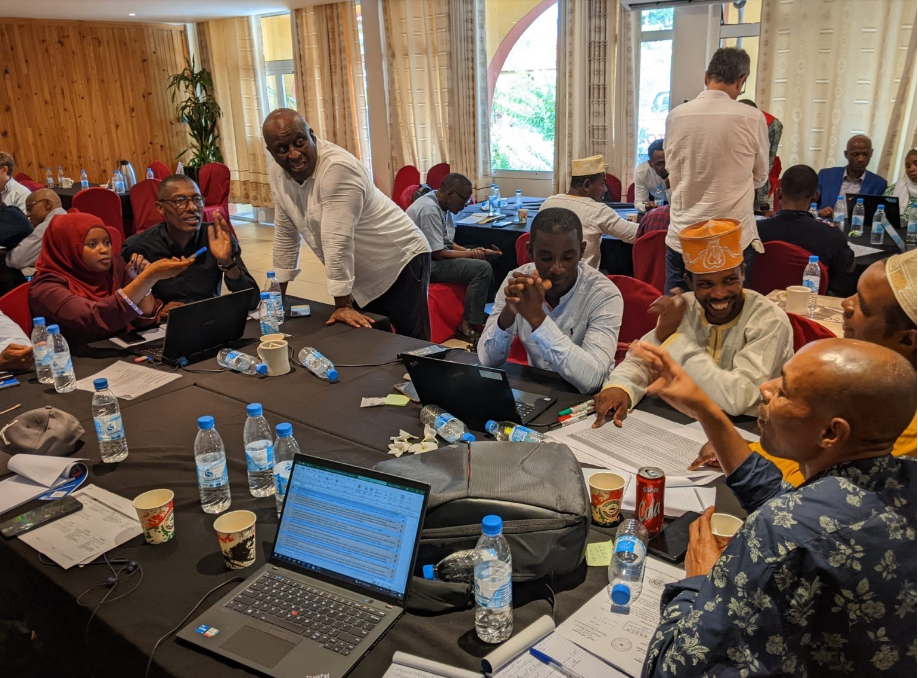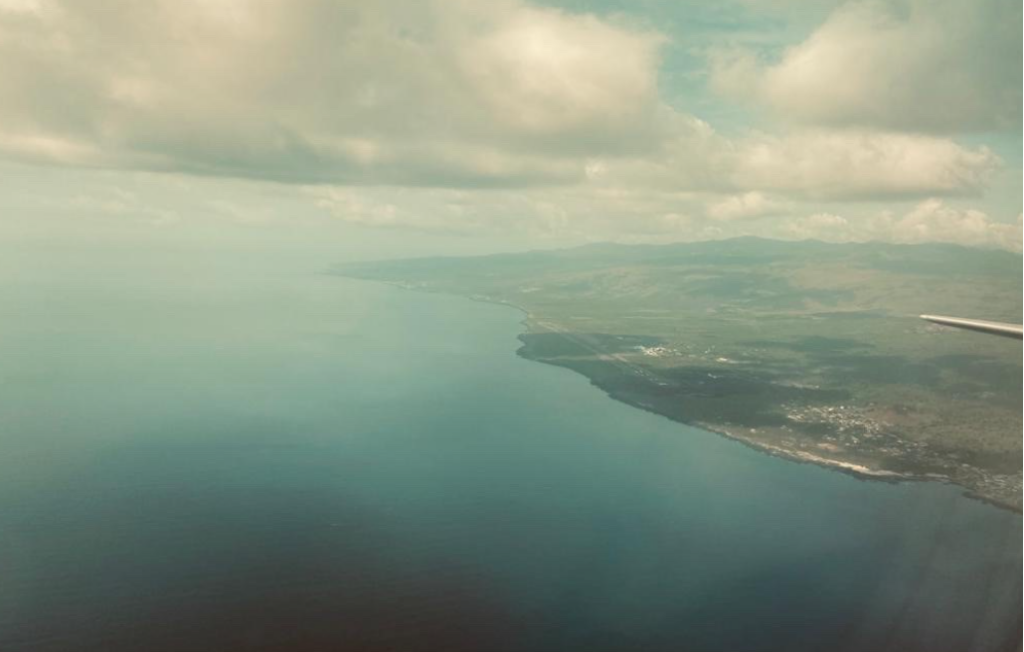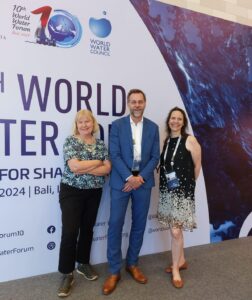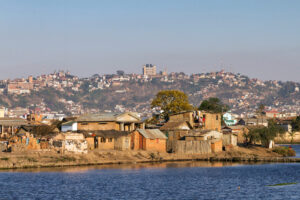Building climate resilience in Comoros
Learn more about WASH-BAT
The WASH Bottleneck Analysis Tool enables the development of costed and prioritized plans to remove the bottlenecks that constrains progress in the WASH sector.
Visit WASHBAT.org
Working with the outcomes
The outcomes from the risk assessment were then used to inform a multi-stakeholder workshop to address the key risks and identify solutions that could increase resilience. In November, UNICEF and SIWI brought together key stakeholders from the WASH and environmental sector for the three islands. 43 participants were divided into three groups of urban drinking water supply, rural drinking water supply and sanitation. To start the workshop, we mapped out who are the responsible personnel for different services, the role between service providers, consumers and regulators, how people claim their rights, and if policies match reality.
The process assists people to map out accountability and reflect on the different roles and identify gaps. Then, climate risks were presented to the participants, who prioritised them in order of most significant to those that had made the least progress.
Defining bottlenecks
The next step was to pick the prioritised climate risks and define their bottlenecks. We asked the participants what causes the bottleneck, what can be done to address it. For example, for the criteria “There are guidelines and technical specifications for climate change mitigation and adaptation for water and sanitation technologies and services, developed in consultation with the institutions responsible for their implementation”. What is stopping this is a lack of understanding of the implications, challenges in bringing the different actors together, no clear institutional leadership. Then the cause of this challenge has been identified.
It is then possible to list the activities that can address the challenge. While the process is simple, we give it ample time during the workshop. The time is utilized for the process of reflecting on what needs to be improved, the roadblocks and ways for their removal.
The final step
The final step is to chalk out an action plan to remove every individual bottleneck with details on sub-activities, budgets, and assignment of responsibility with a timeline. These are still very broad plans to set the direction. Specific needs have to be worked out.
To conclude this robust process, senior members are invited, and the action plans and challenges are presented. This is to get political buy-in to the process and validate the proposed action plans. During this step, existing projects are considered and by having the key stakeholder present, we check how this relates to their ongoing plans. In the case of the Comoros, the final action plans identified the need to improve water resource management, prioritise an early warning system and ensure water suppliers are aware of the forthcoming application decrees of the “Code de l’Eau” (Water Code).









